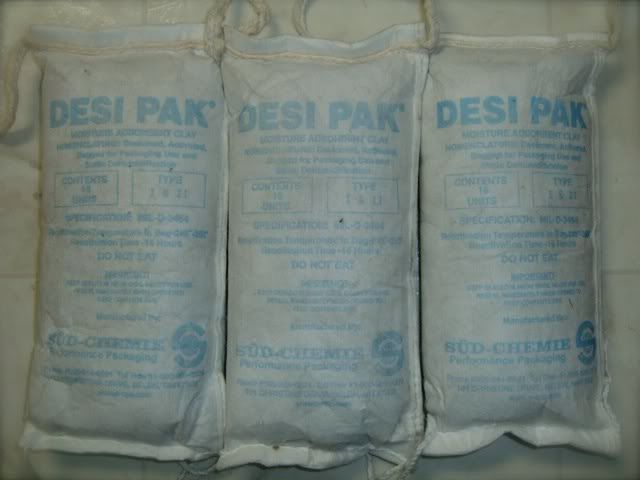JLAmber wrote:I've been following this on Facebook and twitter, very bad news indeed.
Word is that bags of silica gel were ingested, is there a use for these in maintenance? - I can't see them lying around on the runway.
That's exactly what happened. Cock up on the preflight checks.
Some silicon bags used to prevent moisture in the engines were not removed from the intakes prior to start up. When they engines spooled up for take off they went into no 1 engine which in turn took out no 2.
They have two spares fortunately so hopefully up and flying again soon.
Not for Farnborough though, which is a bugger as i was going to get a proper tour of the aircraft, although I've been invited to go up and see it at its home sometime otherwise.



